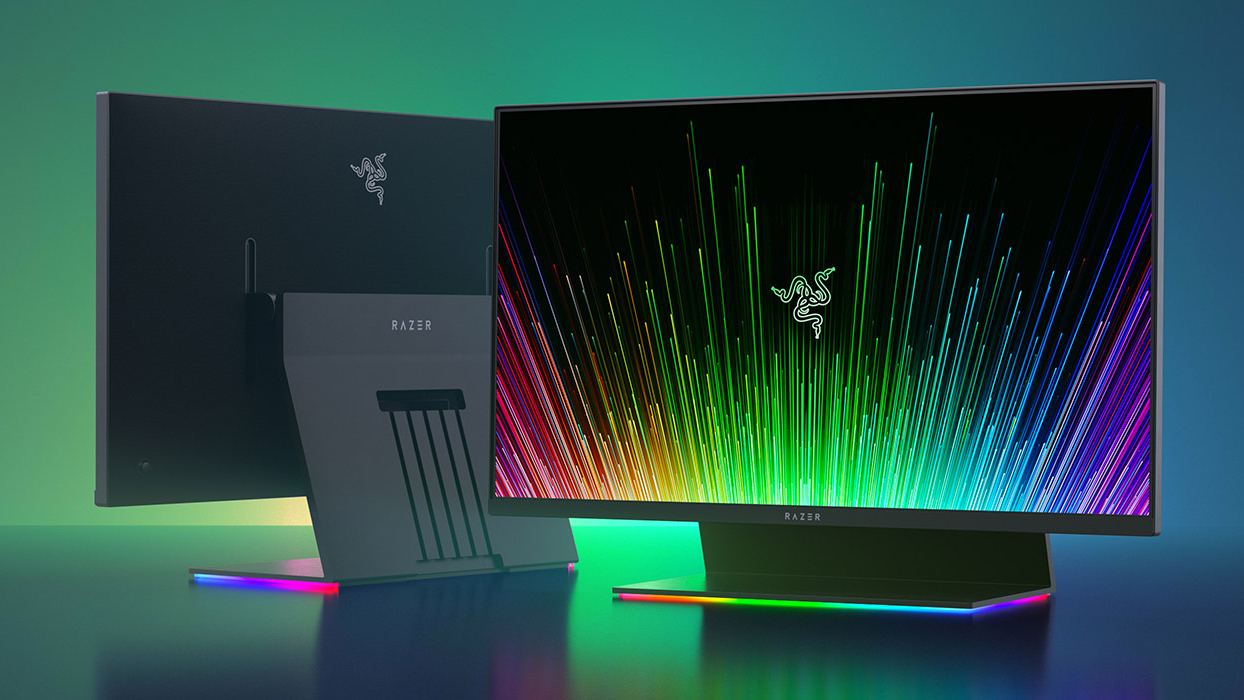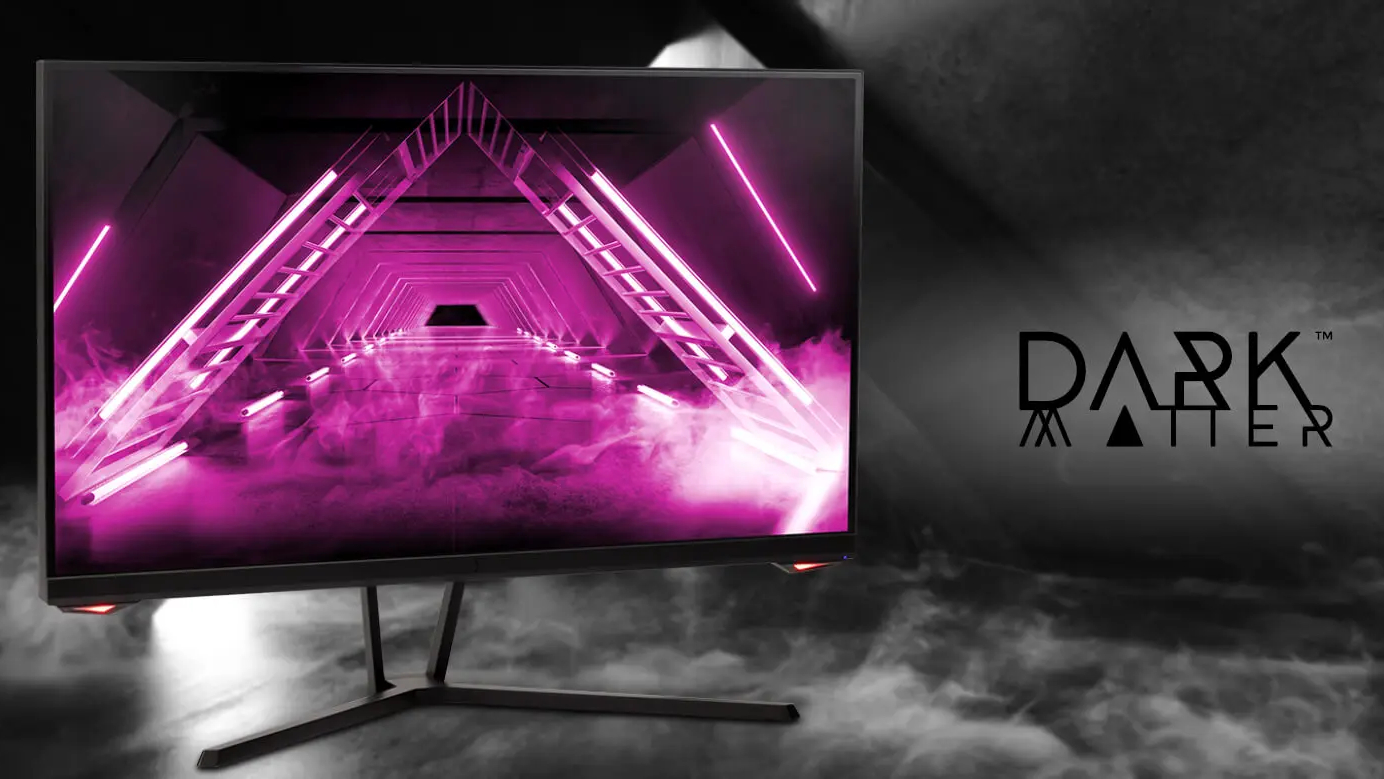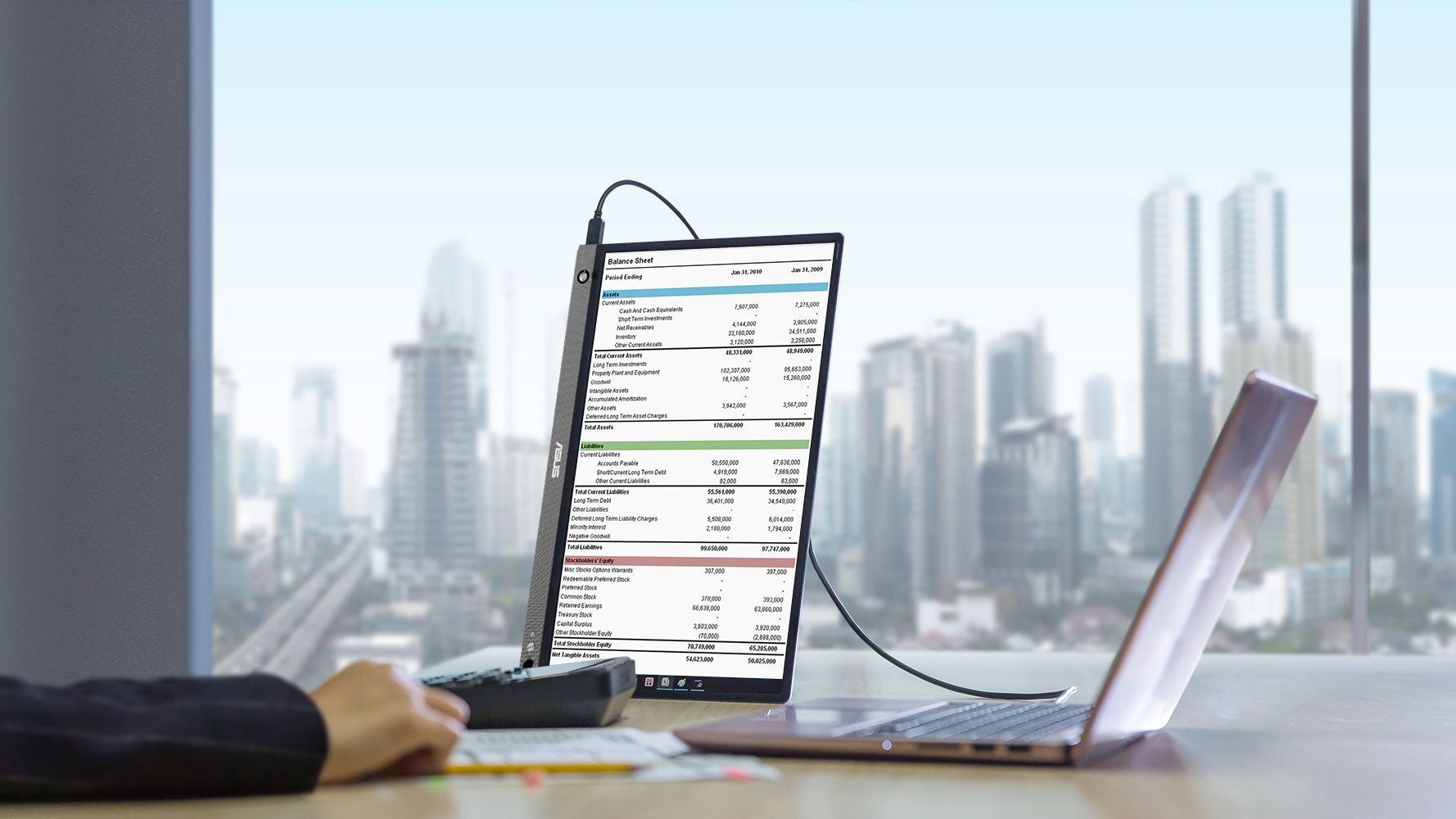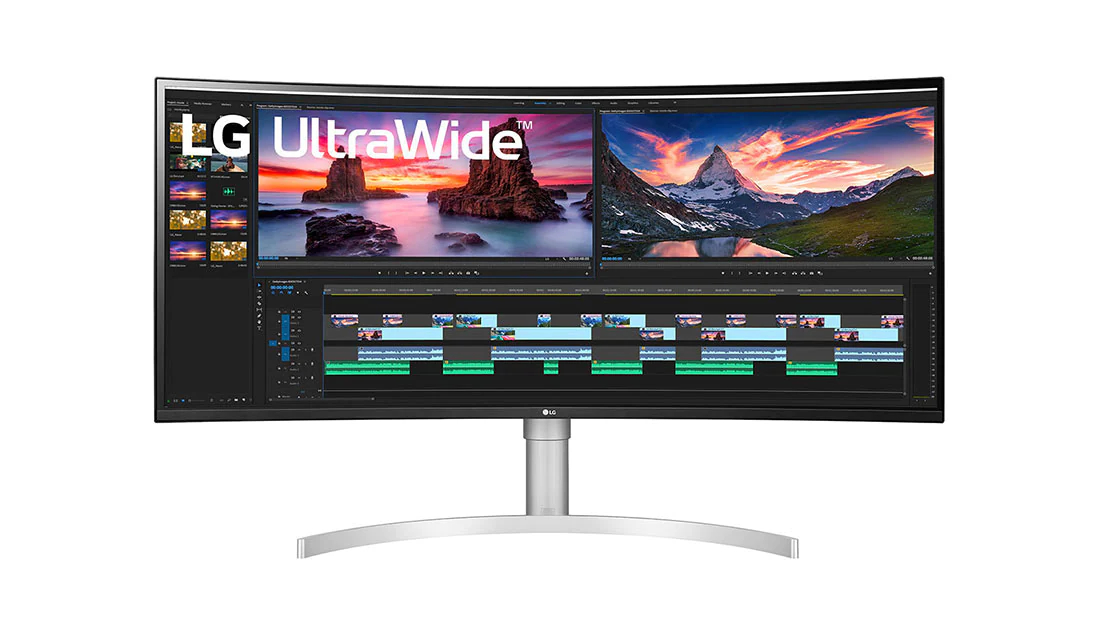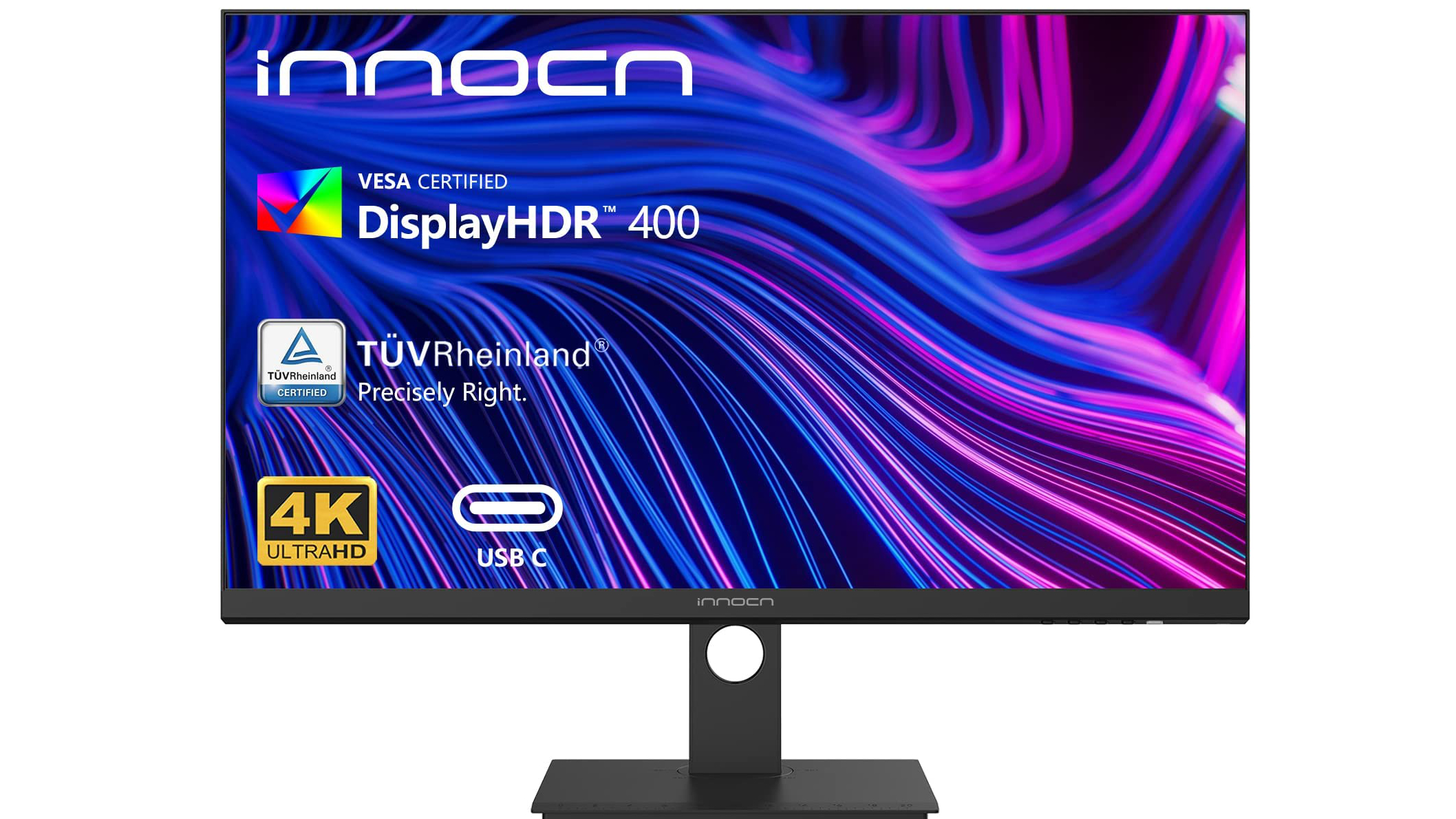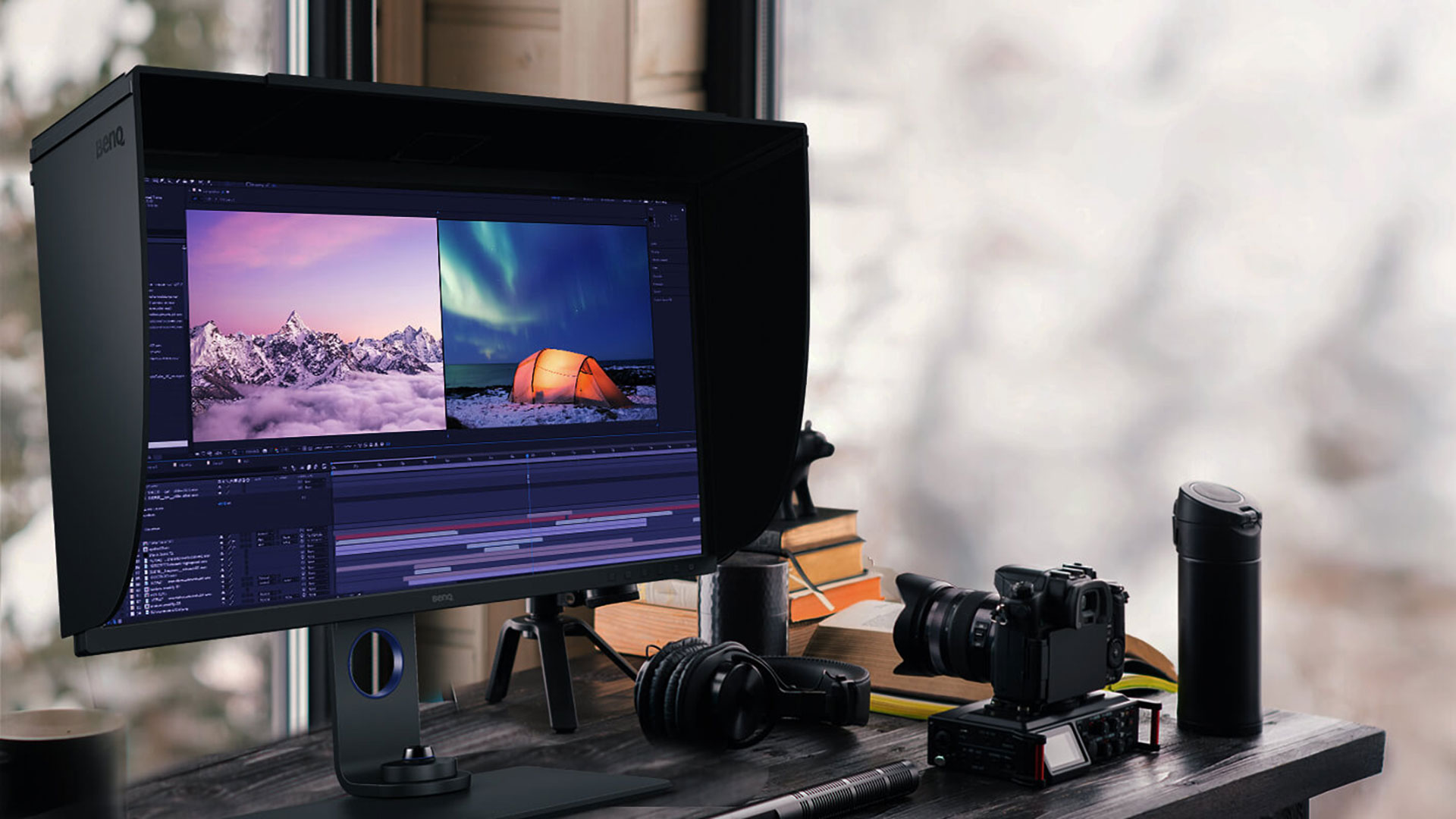Best USB-C monitors in 2022
One cable to rule your desktop setup.
Investing in one of the best USB-C monitors will set you up nicely for the future with both display quality and connectivity. These monitors generally have a modern design aesthetic, high-quality panel, and compatibility with laptops and desktop PCs. We've rounded up a bunch of the best USB-C monitors for a variety of uses, including gaming, mobile computing, creative tasks, and ultrawide setups.
Razer Raptor 27
Reasons to buy
Reasons to avoid
The Razer Raptor 27 is designed to handle gaming and design work equally well. It's sort of a jack-of-all-trades monitor with a 27-inch anti-glare IPS panel, 2560x1440 (QHD) resolution, 144Hz or 165Hz refresh rate, HDR 400 certification, and about 420 nits of peak brightness. The 1ms response time means it can keep up with competitive games, plus there's NVIDIA G-Sync and AMD FreeSync compatibility.
The unique design sees cable management at the forefront, with dedicated channels along the back stand. The monitor tilts for easy access, but you do have to use proprietary cables. Ports include HDMI 2.0b, DisplayPort 1.4, USB-C PD (with DP 1.4), and two USB-A 3.2. Color accuracy hits 100% sRGB, 90% AdobeRGB, and 96% DCI-P3, making this monitor just as comfortable handling photography or design as it is with gaming.
If you need a monitor with USB-C connectivity that can also handle just about anything you throw its way, the Razer Raptor 27 is a top choice. You can get it with a standard 144Hz refresh rate, or you can bump things up to 165Hz for even faster performance. This will tack on some money, but rest assured the more affordable version is still an excellent choice.
Monoprice Dark Matter 27
Reasons to buy
Reasons to avoid
Monoprice has long been all about offering affordable PC accessories, and its move into the monitor market is a welcome one. The Monoprice Dark Matter 27 is a great option if you're looking to keep spending to a minimum while still getting a quality display. Monoprice used Sharp's IGZO panels for this version with 180Hz refresh rate, which delivers an attractive mix of AMOLED contrast and natural IPS appearance.
In our testing, the Dark Matter 27 hit 100% sRGB, 97% AdobeRGB, and 93% DCI-P3 color reproduction, all excellent results for a monitor at this price. The 180Hz refresh rate and 1ms response time mean it can be used for competitive gaming, though there is no official G-Sync or FreeSync certification. The display has DisplayPort 1.4a, three HDMI 2.0b, and USB-C for connectivity.
The display loses some marks due to its lack of height adjustment and fairly plain look, but that's not going to matter to a lot of people. If you want a high-performance display without paying a high price, this is a great way to go. Check out our collection of the best gaming monitors for more options on this front.
ASUS ZenScreen GO MB16AHP
Reasons to buy
Reasons to avoid
The ASUS ZenScreen GO is a portable 15.6-inch 1920x1080 (FHD) IPS display that you can hook up to your laptop over a single USB-C cable. It also has a built-in battery for four hours of use where it won't drain your laptop's power. That on its own makes this worth packing along with your notebook.
The display works best with a USB-C cable, though it does also offer Micro HDMI connectivity. It weighs in at only about 860g, meaning you can easily tuck it under an arm along with your laptop. And the last neat trick to know about is the hole on the bottom right. You can pop even just a pen in there as a handy stand if you don't have the case.
LG 38WN95C-W
Reasons to buy
Reasons to avoid
Ultrawide monitors are gaining traction thanks to their ability to deliver multiple screens' worth of display area with a single product. As it stands now, there are a few ultrawide screens sitting at the top of the pile.
The LG 38WN95C-W is one of our picks for best ultrawide monitor thanks to a deep feature set, 38-inch 3840x1600 resolution, modern look with thin bezel and ergonomic stand, VESA DisplayHDR 600, and generous connectivity including USB-C and Thunderbolt 3.
The monitor's 21:9 aspect ratio is perfect for productivity work, but it can also easily handle gaming thanks to a 144Hz refresh rate and 1ms response time. It comes equipped with AMD FreeSync Premium Pro, and it's NVIDIA G-Sync compatible, meaning it works great with just about any PC.
Color reproduction hit 100% sRGB, 88% AdobeRGB, and 95% DCI-P3 in our testing, and it hit about 545 nits brightness at peak. The anti-reflective coating helps cut down on glare immensely. If you aren't looking to go full 4K with your ultrawide, LG's behemoth is an expensive but worthwhile investment.
INNOCN 27C1U
Reasons to buy
Reasons to avoid
Buying a 4K monitor with USB-C connectivity doesn't have to be super expensive. Enter the INNOCN 27C1U with an affordable price tag. It's best cut out for life in an office, but it can handle more specialized work like photography or design thanks to its 99.8% sRGB, 93.7% AdobeRGB, and 94.7% DCI-P3 color reproduction after calibration. It has a 60Hz refresh rate and 4ms response time to boot, meaning it could handle some gaming after hours.
The overall design is fairly simple (ideal for an office) but the stand offers tilt, swivel, height, and rotation adjustments for easier ergonomics. It can also be mounted thanks to VESA 100mm x 100mm compatibility. Connect with two HDMI 2.0, DisplayPort 1.4, three USB-A 3.0, 3.5mm audio, or USB-C complete with 65W of power delivery back to a host (great for use with a laptop).
BenQ SW271C PhotoVue
Reasons to buy
Reasons to avoid
The BenQ SW271C PhotoVue monitor is the successor to the SW271, bringing some extra features to the table for those serious about photography. It's a 27-inch display with 4K resolution, IPS panel, and anti-glare finish. Color is excellent, with 100% sRGB, 100% AdobeRGB, and 95% DCI-P3 factory calibration as tested. The 8-bit + FRC color emulates full 10-bit color, and there's a 16-bit 3D LUT essential for color-sensitive work. The screen offers HDR10 support, and it has a 60Hz refresh rate.
The chunky bezel isn't particularly modern looking, but the ergonomic stand makes it easy to get the look you want. There are tons of ports, including USB-C with PD and DP Alt-mode, two HDMI 2.0, DisplayPort 1.4, USB-B, two USB-A 3.1, 3.5mm audio jack, and an SD card reader. It's also compatible with 100mm x 100mm VESA mounting if you'd like to get it up off your desk.
Check out the BenQ SW271 for a similar display with USB-C connectivity, albeit costing considerably less. And be sure to have a look at our collection of the best monitors for photo editing and design for more options.
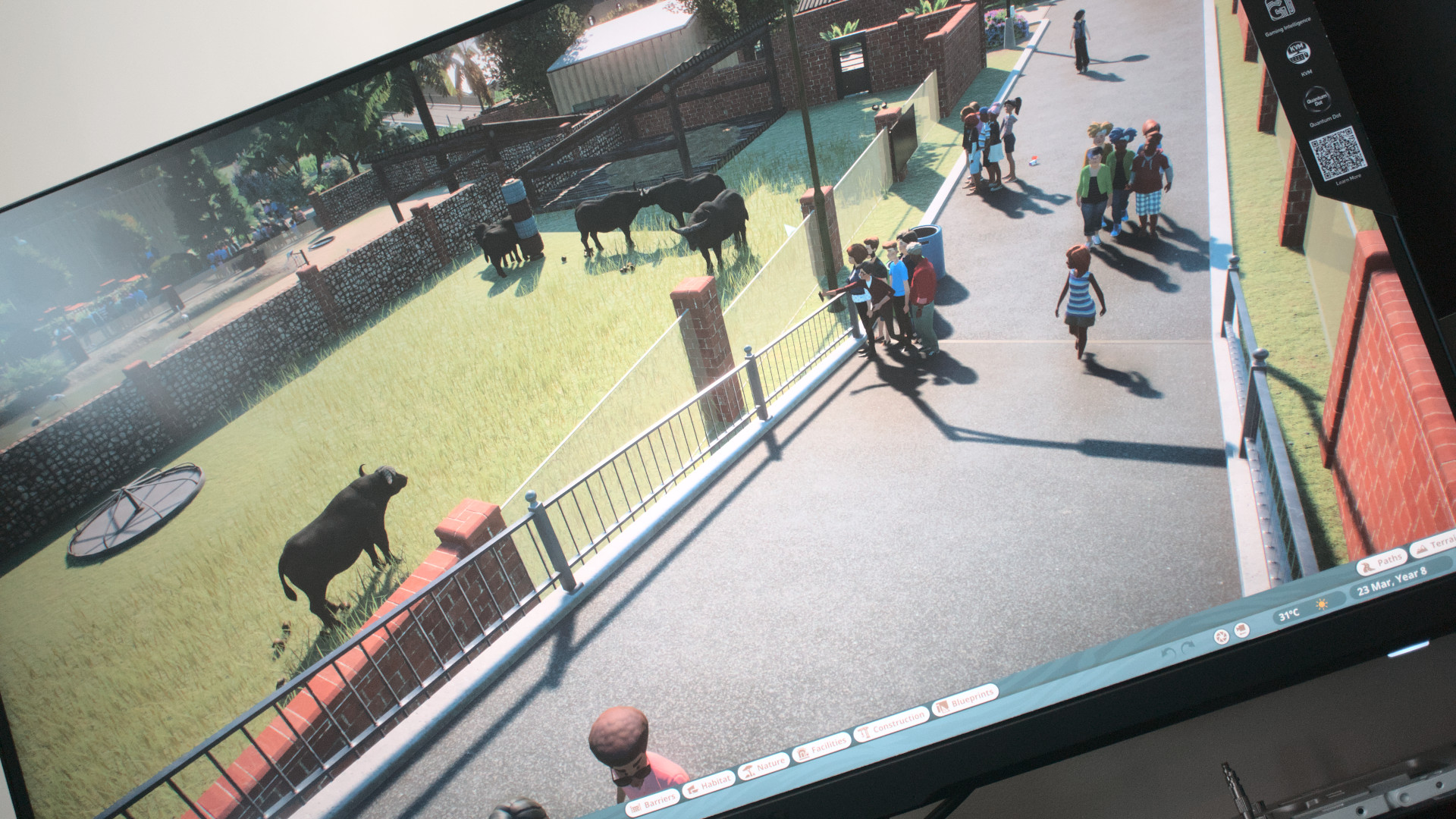
MSI Optix MPG321UR-QD
Reasons to buy
Reasons to avoid
MSI wowed us with its Optix MPG321UR-QD monitor. This display comes with a brilliant 32-inch 4K IPS screen powered by quantum dot LEDs. Though it's designed for gaming with its fast 1ms response time, 144Hz refresh rate, and G-Sync and FreeSync support, the Optix can also be used for creative work with its more demure design, DisplayHDR support, and factory-calibrated panel that achieves 99% of the wide Adobe sRGB color space. And with 4K 120Hz support, this panel is also a champ for console gamers looking to connect their latest Xbox or PlayStation models.
This USB-C monitor helps you reduce cable clutter between the monitor and your laptop, with the panel itself getting power from an external brick. There's a USB hub on-board to help connect peripherals.
The panel can get plenty bright, reaching in excess of 600 nits when HDR is enabled, and a strong contrast ratio makes this screen stand out. Integrated VESA support can also help free up desk space, as you can mount this screen on the wall or a swing-arm stand.
Bottom line
Why you can trust Windows Central
Why should you bother with a USB-C monitor at all? The answer may not be obvious right now, but as time passes, we get closer and closer to the standard being ubiquitous. USB-C can solve multiple problems simultaneously, including video, data, and power.
The obvious ones are Thunderbolt 3 and Thunderbolt 4, which not only handle superfast data but also video output at high resolution and refresh rate. These high-end standards utilize the USB-C connector. If you're buying a new, higher-end Intel-based laptop, nowadays you're almost guaranteed to have Thunderbolt.
But USB-C without Thunderbolt is still capable of handling video output, data transfer, and even charging. There are already monitors mentioned here that can charge a USB-C laptop while it's in use down the same cable that sends the video output. It's neat, it's effective, and it is the future. USB-C has been around for a few years now, but gradually it is being accepted as the new standard. As more and more laptops and desktop PCs embrace it, having a monitor with the feature will become extremely convenient.
Any of the displays listed here can be used with USB-C for a hassle-free connection. But if we're picking just one, we can't help but recommend the Razer Raptor 27. It's our pick for the overall best computer monitor thanks to its QHD resolution, accurate color reproduction, high refresh rate, and unique build with cable management baked right in. It's a mix of gaming, design, and pro features that should appeal to many people.
If the price tag for the 165Hz model is a bit too much to swallow, consider saving some money on the 144Hz model. It's still packing the same excellent feature set, and you might not even notice the lack of those extra frames.
All the latest news, reviews, and guides for Windows and Xbox diehards.

Cale Hunt brings to Windows Central more than nine years of experience writing about laptops, PCs, accessories, games, and beyond. If it runs Windows or in some way complements the hardware, there’s a good chance he knows about it, has written about it, or is already busy testing it.
- Richard DevineManaging Editor - Tech, Reviews
- Chuong NguyenFormer Writer
